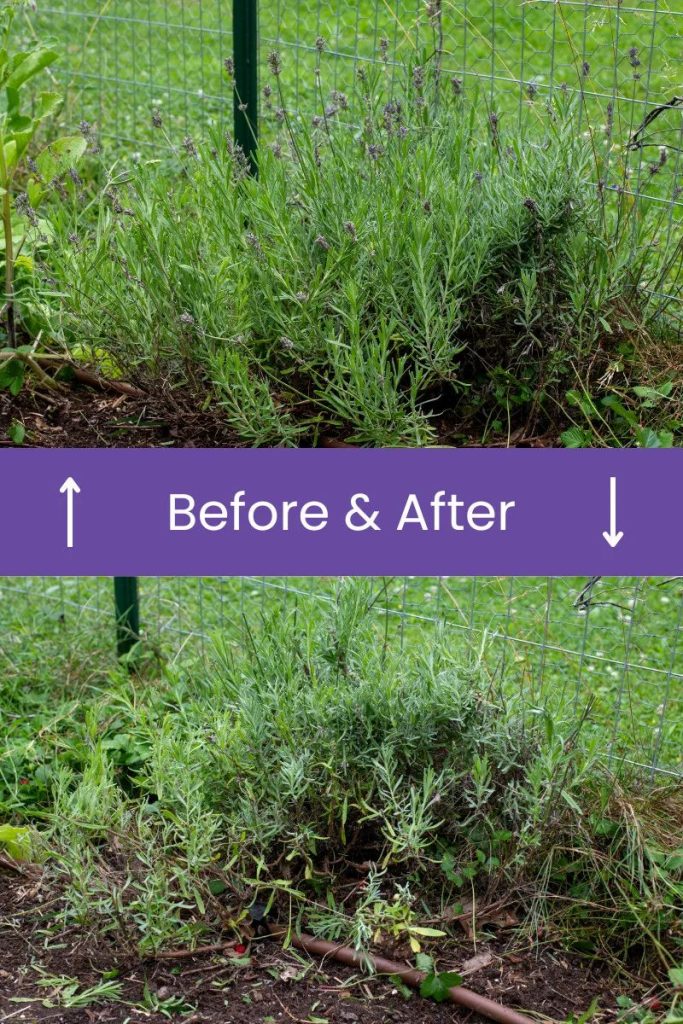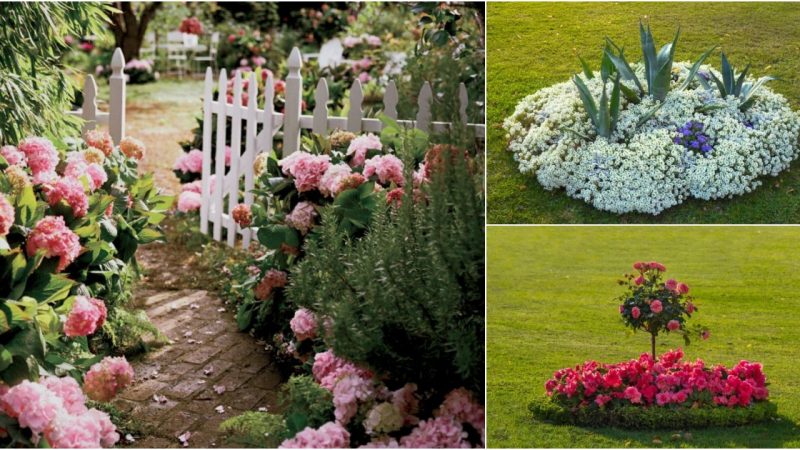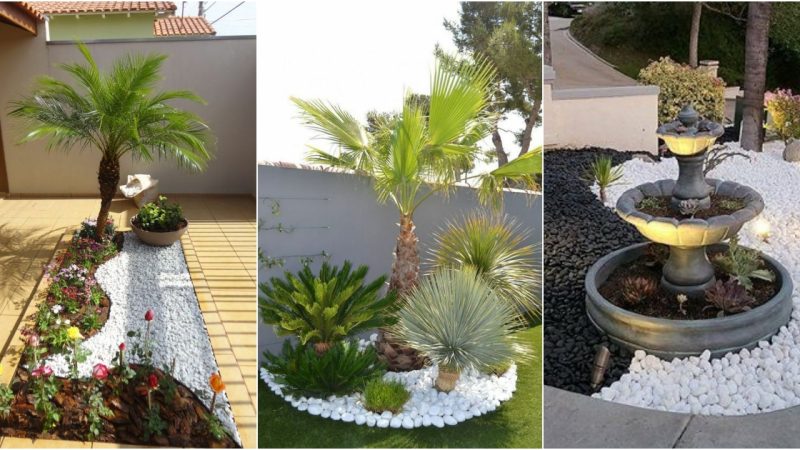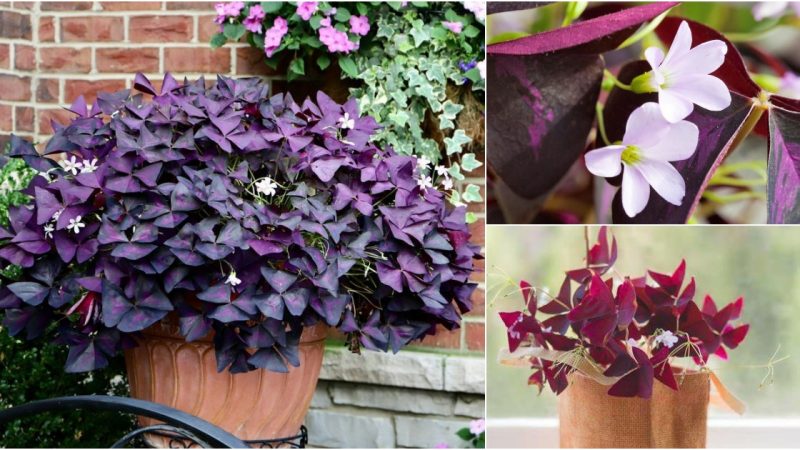How to Prune Lavender – the Secret to Abundant Blooms Every Year
Pruning Lavender: A Guide to Keeping Your Plants Healthy and Blooming
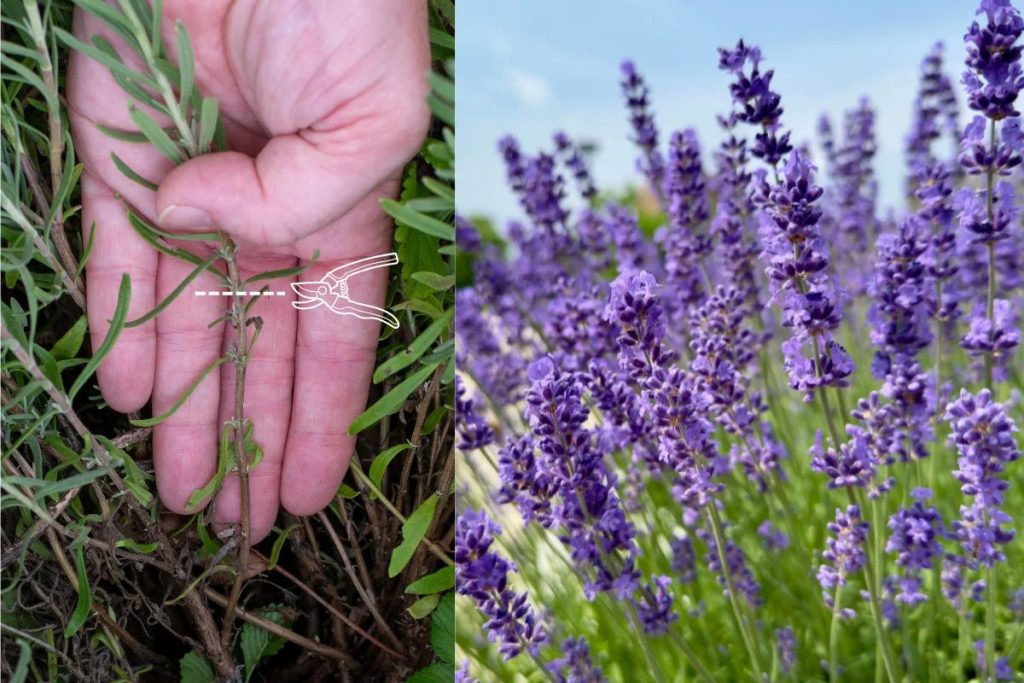
Lavender is a cherished plant, beloved for its fragrant blooms and versatility as both a flower and herb. This classic plant graces gardens worldwide, and its timeless scent is recognized by many. However, to maintain that delightful aroma and vibrant blooms, annual pruning is essential.
Why Prune Lavender?
As lavender ages, it tends to become woody. If left unpruned, the plant will quickly grow woody, producing fewer blooms each year. This results in a plant that looks scraggly and unappealing. Additionally, woody lavender is more vulnerable to frost damage and water rot, as the stiff, brittle stems crack easily, inviting disease.

Annual pruning not only keeps lavender bushes looking neat and tidy but also slows the plant’s aging process. Regular pruning encourages healthier growth, ensuring that your lavender remains lush and productive for years.
If your lavender has already become quite woody, pruning alone may not restore its former glory. However, there are ways to rejuvenate old plants, which we’ll discuss later.
When to Prune Lavender
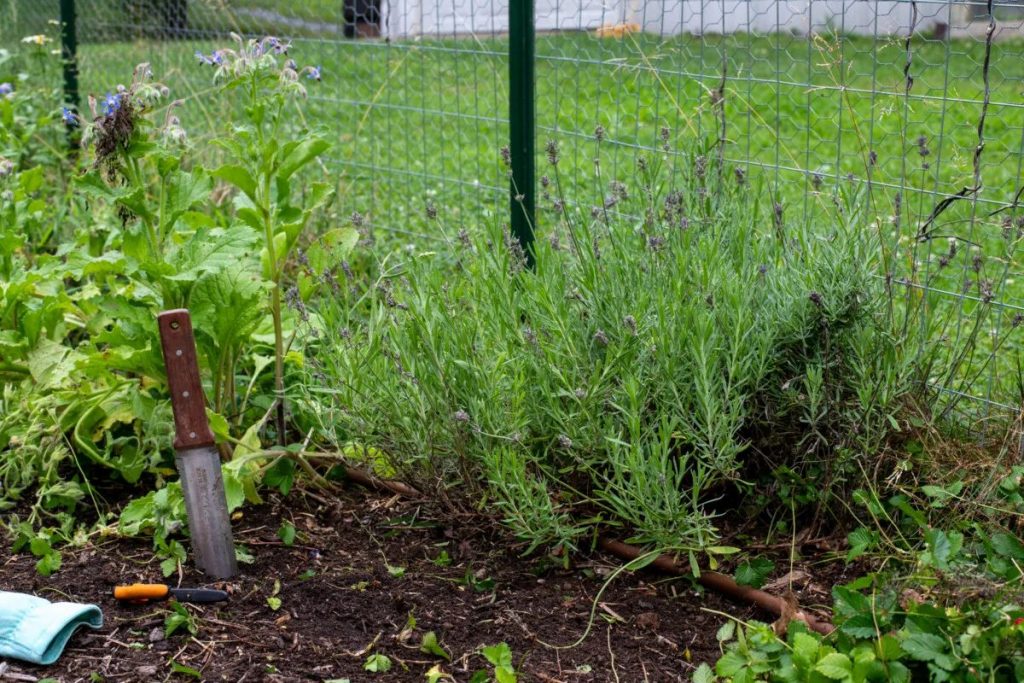
Lavender should ideally be pruned once a year, but it’s important not to let more than a year pass between prunings. In early spring, you can trim any areas damaged by cold weather. However, the main pruning should take place after the plant has finished blooming, usually in late summer, around August or September.
In particularly hot and dry summers, lavender may finish blooming earlier. If this happens, go ahead and prune the plant. You might even get a second, smaller round of blooms, which you can prune again before fall. Alternatively, you can wait until late summer to prune.
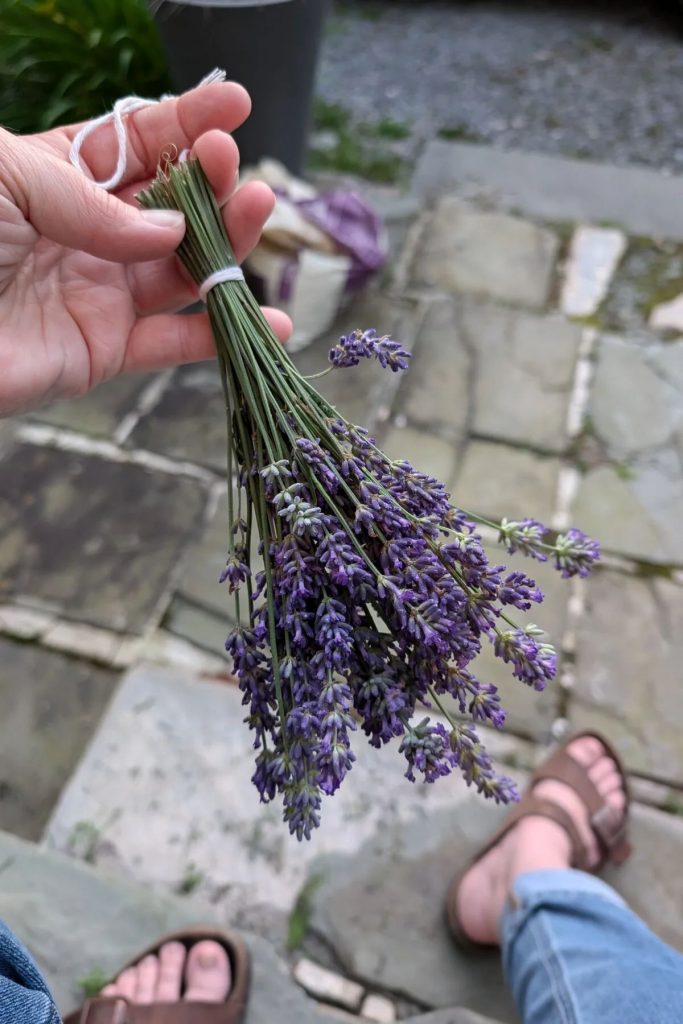
To determine the right time to prune, wait until all the blooms have faded to gray, and the plant has stopped producing buds. Pay attention to pollinators—when they begin to ignore your lavender in favor of other flowers, it’s time to prune.
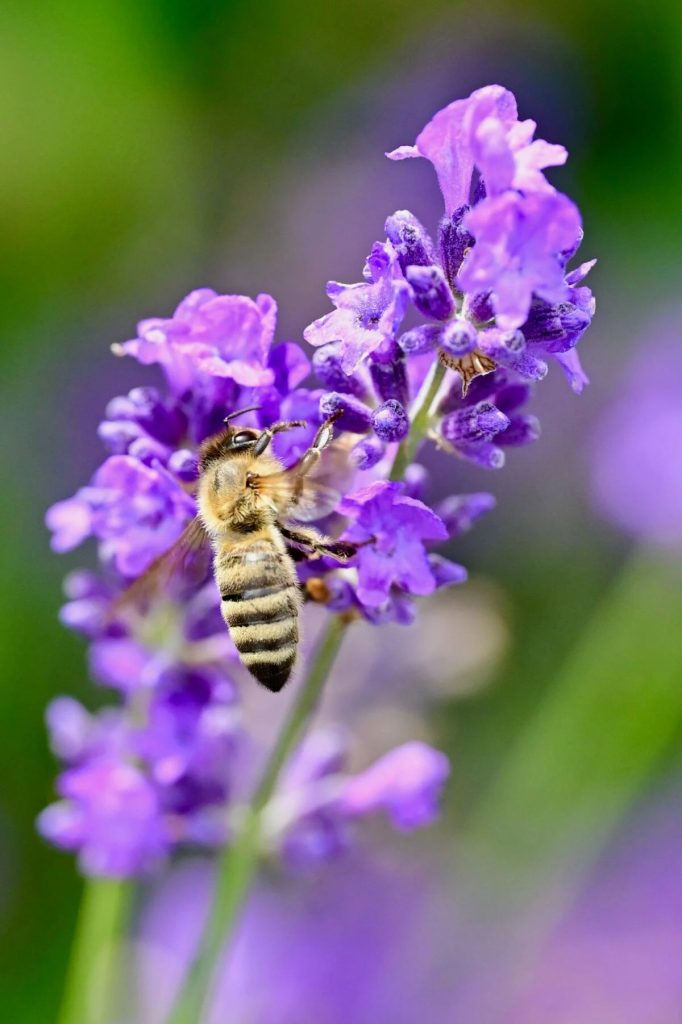
How Much Should You Prune?
Use clean, sterilized pruners to cut back the growth from the current year, but leave some of the new green growth intact. A good rule of thumb is to cut back about two-thirds of the new growth. Look for the new leaves at the top of the woody part of the plant, and prune above that point. It’s better to prune a bit more aggressively than to be too cautious.


Shape and Style: Neat vs. Natural
Before you start pruning, consider the overall shape you want for your lavender. Do you prefer a neat, structured look, or do you favor a more natural, wild appearance? Keep this in mind as you prune to achieve the desired shape.
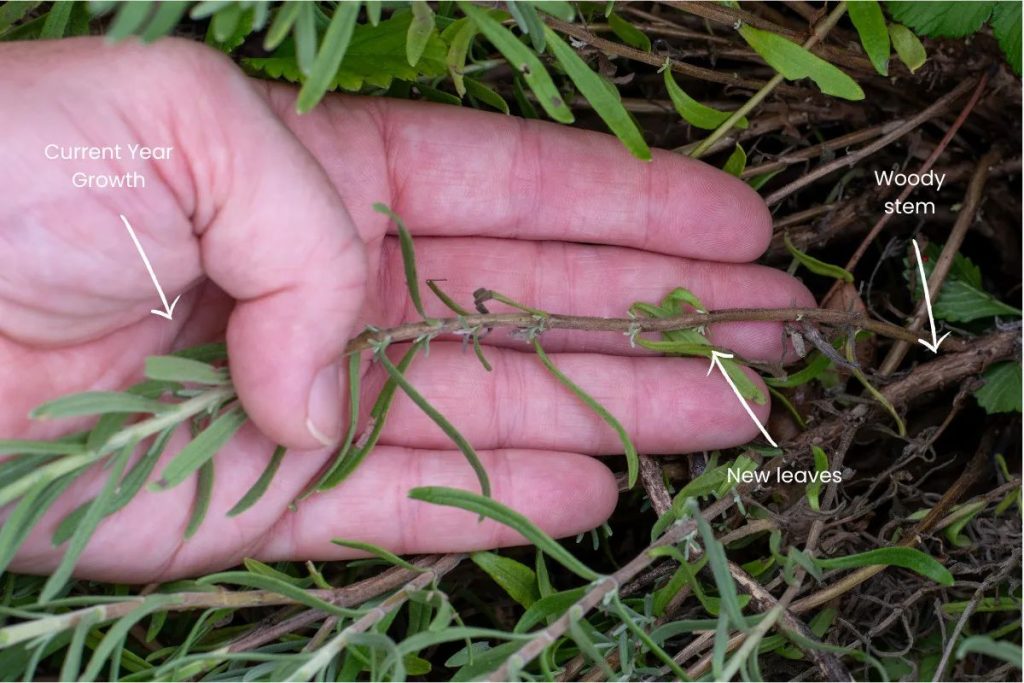
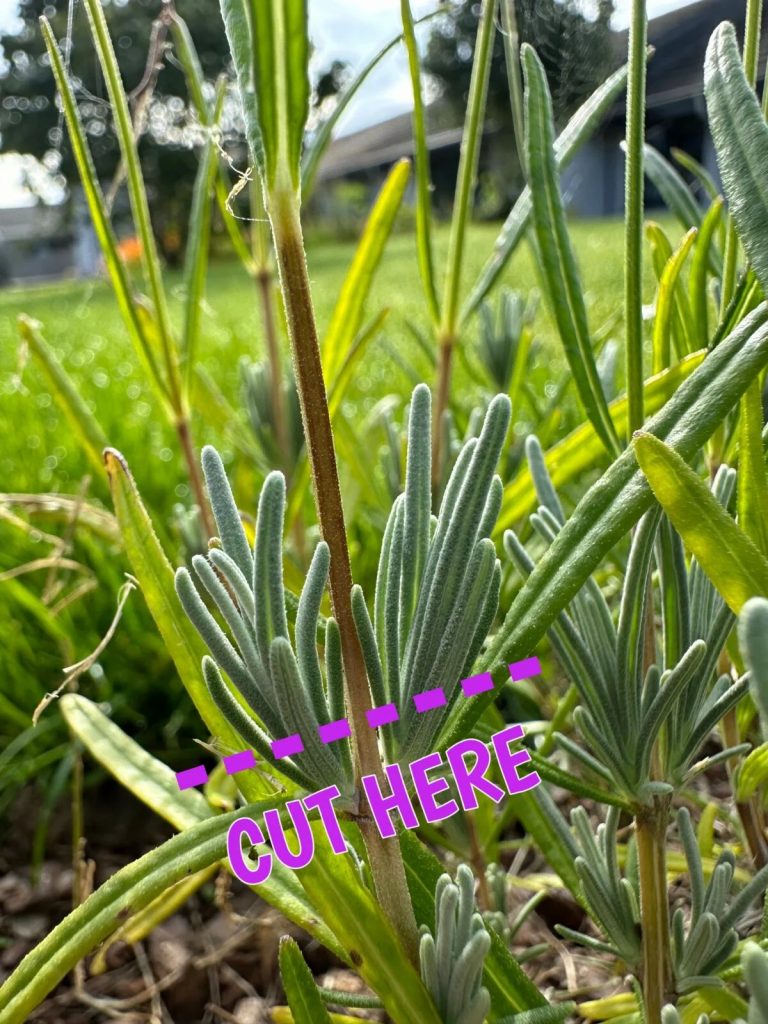
Rejuvenating Old Woody Lavender: The Layering Technique
Even with regular pruning, lavender will eventually become woody at the base. But there’s no need to start over with new plants. You can propagate new lavender plants using a method called layering.
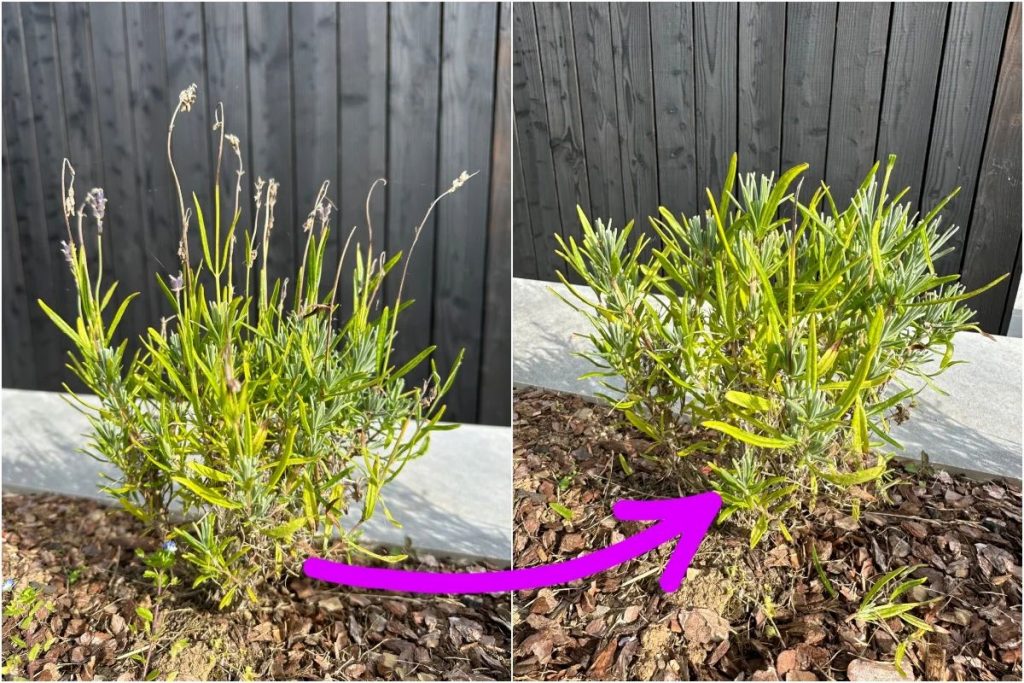
To layer lavender, choose a woody branch near the bottom of the plant that’s growing outward from the crown. Scratch the bottom of the stem with your fingernail or a clean knife to expose the greenish-white inner layer. Press this exposed stem into the ground and cover it with soil. Secure it with a landscaping pin or rock and water it well, keeping the area moist.


After a few weeks, the stem will develop roots and new growth. Once it’s established, you can cut it from the main plant and remove the old woody growth. This method allows you to create new lavender plants easily, without the need for traditional propagation or purchasing new plants.
Pruning lavender is simple, and with a little practice, you’ll see it’s hard to go wrong. Regular pruning is the key to keeping your lavender healthy, vibrant, and blooming beautifully for many years.
